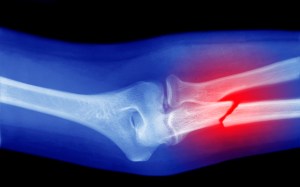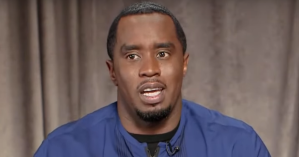More than just ghosts may be saying “boo” this October after the Centers for Disease Control and Prevention (CDC) discouraged Americans from partaking in door-to-door trick-or-treating and other activities this Halloween. The warning came in new guidelines for the holidays issued by the agency this week amid the ongoing coronavirus pandemic, which has now resulted in the deaths of 200,000 people in the United States as of Tuesday morning, according to a Johns Hopkins database.
According to the CDC, “many traditional Halloween activities can be high-risk for spreading viruses.” Among the high-risk activities, which the CDC says you should “avoid” in order to help prevent the spread of the coronavirus, is traditional trick-or-treating, where children go from door to door. Trunk-or-treating is also considered higher risk. Other high-risk activities include “attending crowded costume parties held indoors,” going to indoor haunted houses, as “people may be crowded together and screaming,” hayrides or tractor rides, and “traveling to a rural fall festival that is not in your community if you live in an area with community spread of COVID-19.” The CDC also advises against alcohol or drugs, “which can cloud judgement and increase risky behaviors.”
Videos by PopCulture.com
While these may be considered high-risk, the CDC notes that “there are several safer, alternative ways to participate in Halloween.” In its guidelines, the CDC also provided lists of moderate and low-risk activities. Moderate activities include one-way trick-or-treating, in which individually wrapped goodie bags are lined up for families to grab and go, an activity allowing for social distancing. The CDC also suggests open-air, socially distanced, outdoor costume parades, visiting pumpkin patches and orchards, “open-air, one-way, walk-through haunted forests,” outdoor costume parties where face masks are used, and outdoor Halloween movie nights. The CDC notes that for many of these activities, social distancing is allowed. The agency also states that costume masks are “not a substitute for a cloth mask” and “should not be used unless it is made of two or more layers of breathable fabric that covers the mouth and nose and doesn’t leave gaps around the face.”
Listing low-risk activities, the CDC said that these activities “can be safe alternatives” to the traditional Halloween fare. Low-risk activities include socially-distanced pumpkin carving, virtual Halloween costume competitions, Halloween movie nights with those in your household, and Halloween scavenger hunts.
The CDC is also advising that “if you may have COVID-19 or you may have been exposed to someone with COVID-19, you should not participate in in-person Halloween festivities and should not give out candy to trick-or-treaters.”









